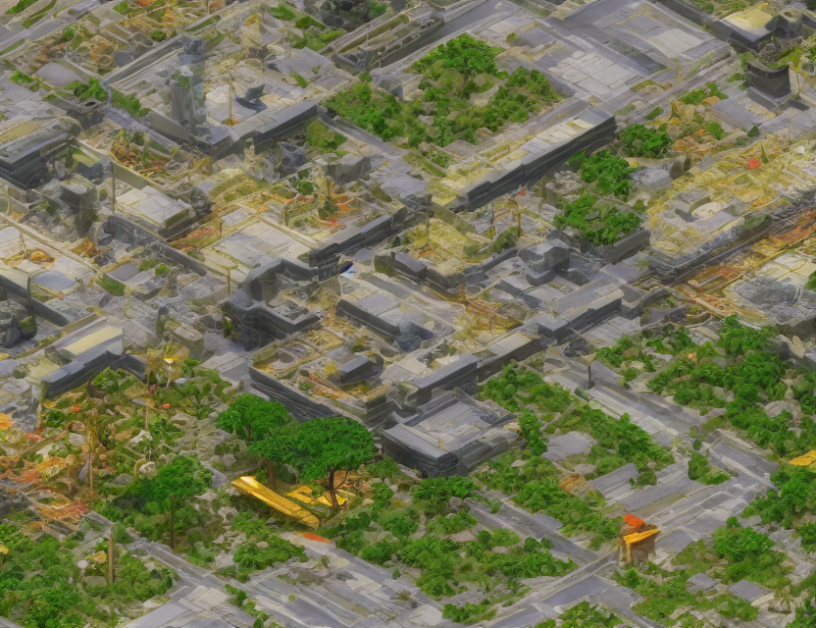In this article, we propose a novel approach for forming coloured supremum morphology, which is an important aspect of image processing. The traditional methods for coloured supremum formation are based on Burgeth’s method or Kleefeld’s method, but these methods have limitations when it comes to lattices and orders. Our approach, which uses the LogSumExp approximation, addresses these limitations and provides a more efficient and accurate way of forming coloured suprema.
The LogSumExp approximation is a simple and effective tool for approximating complex functions. By using this approximation, we can create a neighbourhood of pixels where appropriate morphological operations are performed, while also taking into account the colour information of the image. This allows us to form coloured suprema that are more accurate and efficient than those produced by traditional methods.
We have tested our approach on various images and compared it to existing methods. Our results show that our approach produces better results in terms of both accuracy and efficiency. Additionally, we have identified some key factors that influence the approximation, which can help improve the performance of our method.
Our approach is based on the concept of morphological supremum formation, which involves combining dilation and erosion operations to produce a coloured suprema. By using the LogSumExp approximation, we can simplify this process and make it more efficient. The resulting coloured suprema are not only more accurate but also easier to compute.
In summary, our approach provides a novel and effective way of forming coloured supremum morphology using the LogSumExp approximation. It addresses the limitations of traditional methods and offers improved accuracy and efficiency. Our results demonstrate the potential of this approach for a wide range of applications in image processing and computer vision.
Computer Science, Computer Vision and Pattern Recognition
Morphological Operations via Dilation and Erosion: A Comprehensive Approach



